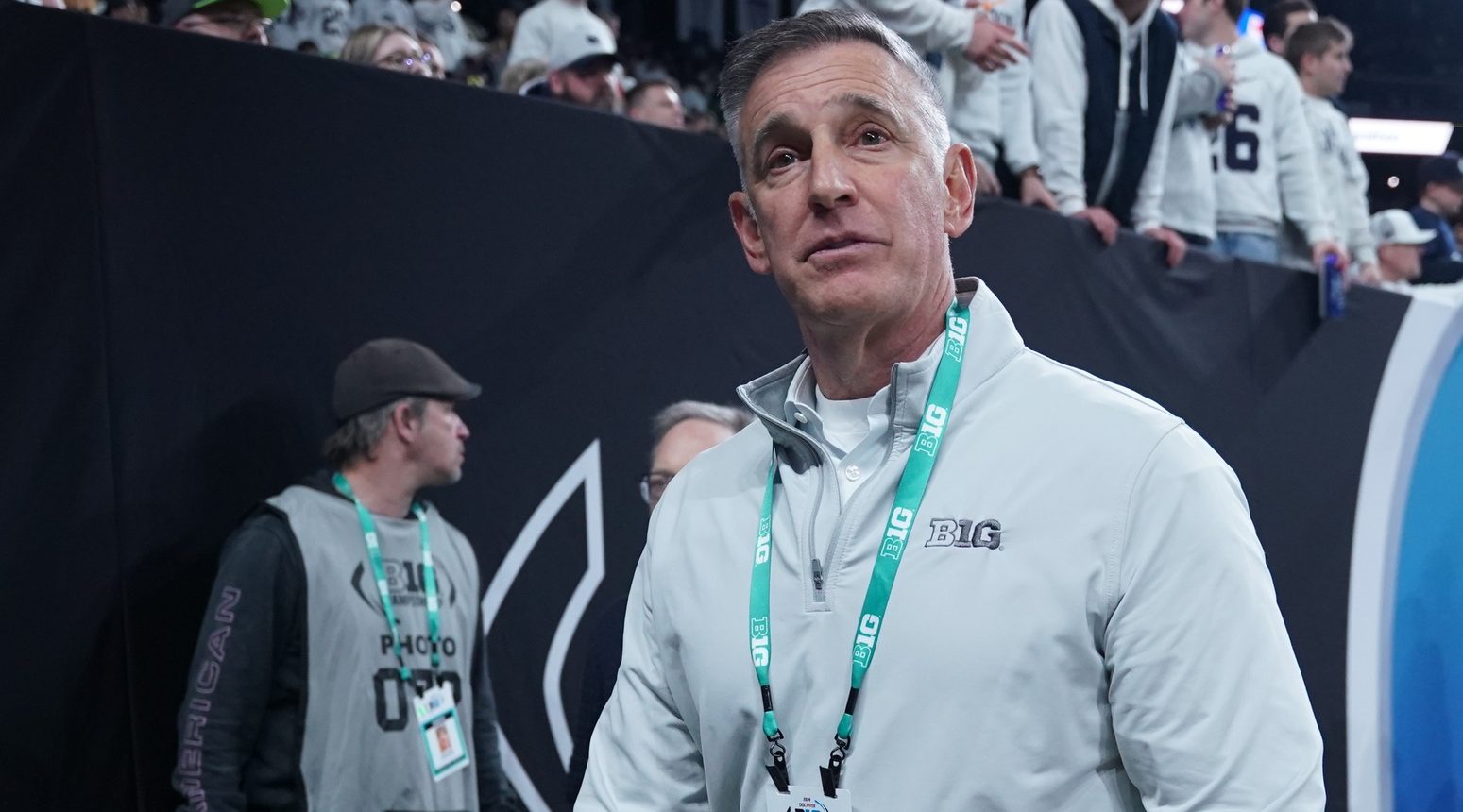Michigan State Spartans (official thread)
- College Football
- 1540 Replies
Login to view embedded mediaNice.
It's not an interim coach with a 409 button and a two man recruiting class, but it's nice.
Upvote
0
Follow along with the video below to see how to install our site as a web app on your home screen.

Note: This feature currently requires accessing the site using the built-in Safari browser.
Login to view embedded mediaNice.
It's not an interim coach with a 409 button and a two man recruiting class, but it's nice.
Day's emphasis on mental health couldn't be better for the kid whatever he turns out to beI think he's in the right program to help him work through it and keep himself right. He's got to be one helluva a strong kid, but will need the program. I'll definitely be pulling for him.
11W Forums
305Buck 7 hours ago
ON3 on Khary Wilder:
just wanted to pop in and drop some quick thoughts on Khary Wilder because he is absolutely dominating this season. His movement skills are so freaky for the position. I am extremely curious what Ohio State will do with him since his body type and skillset is so versatile, but watching him play is such a treat. He has serious twitch, hand usage and bend for such a rare body type.
Wilder, an imposing defensive tackle prospect with some positional versatility has been one of the most productive defensive players in the country. At 6-foot-4, 260-plus pounds, Wilder has totaled over 80 tackles, 20 tackles-for-loss, 10 sacks and 25 hurries for Juniperro Serra (Calif.) high school so far this season. His movement skills for his size are special. He has the ability to knife between blockers from the interior and the bend to win the corner off the edge.

I think it was Lose Yourself, at least in the locker room before the Championship game.Six close pays?! They had at least six in the last two minutes against Cincinnati. That team lived with one foot in the grave and the other on a banana peel. You gotta have heart must have been their theme song. Like this year, the defense was the strength of the team, Wilhelm, Smith, Doss, took turns playing Superman.

It's not going well for Big Ten commissioner Tony Petitti
Between his private equity deal falling apart and lack of support for his CFP format, it's been a tough run for Big Ten commish Tony Petitti.awfulannouncing.com
